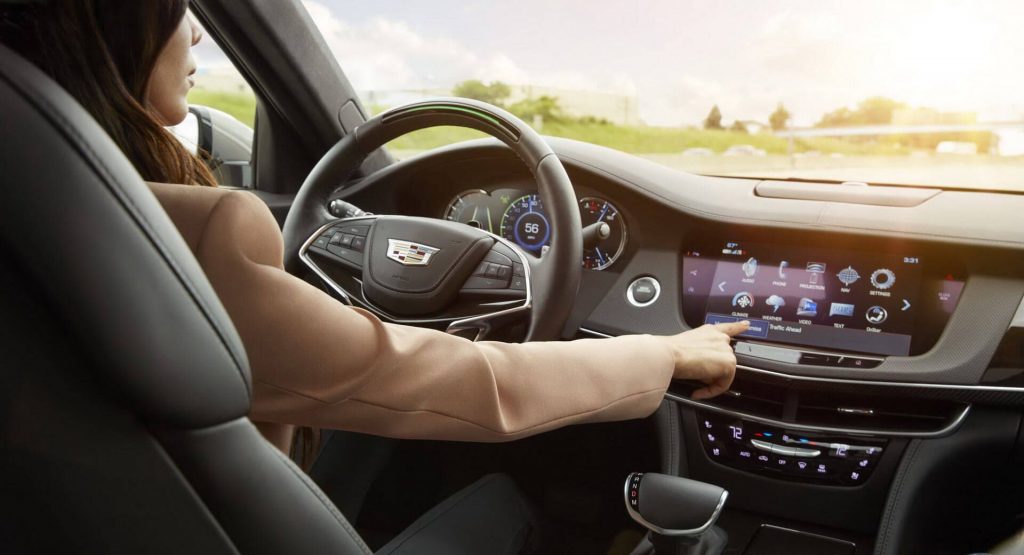Cadillac is planning on rolling out Super Cruise across its entire lineup starting with the year 2020, while also offering V2X communications in a high-volume crossover model by 2023, followed by another range-wide expansion.
These plans were announced today by GM executive VP of global product development Mark Reuss, at the Intelligent Transportation Society’s annual conference in Detroit.
“The expansion of Super Cruise and V2X communications technology demonstrates Cadillac’s commitment to innovation, and to making customers’ lives better,” said Reuss. “GM is just as committed to ushering in a new era of personal transportation, and technologies like these will enable it.”
Cadillac’s Super Cruise driver assistance system works by using precision LiDAR map data, high precision GPS, a state-of-the-art driver attention system and a network of camera and radar sensors. In order to operate, it requires an active OnStar service plan and emergency services to function.
People can use this technology to operate their vehicles hands-free on more than 130,000 miles (209,000 km) of limited-access freeways in the U.S. and Canada. However, even while the system is active, drivers must still pay attention to the road and not preoccupy themselves with a handheld device.
As for the automaker’s V2X tech, it owes its existence to the V2V (vehicle-to-vehicle) system launched in 2017 on the CTS sedan, which uses Dedicated Short-Range Communications (DSRC) technology. By using the Basic Safety Message as a base, V2V can be extended to the roadway infrastructure as well as other roadway users, thus establishing a V2X ecosystem.
V2X-compatible vehicles can receive notifications regarding hazardous road conditions, traffic light statuses, changing work zones and more. The tech also has a range of nearly 1,000 feet (305 meters), which means drivers can be alerted to potential dangers in time, so that they can maneuver to avoid a crash.
https://youtu.be/u__51kTl4j8







